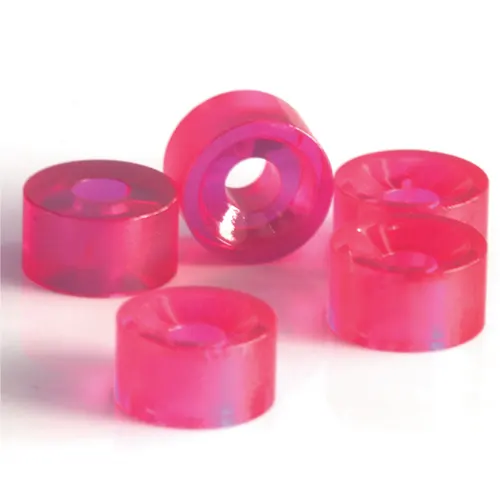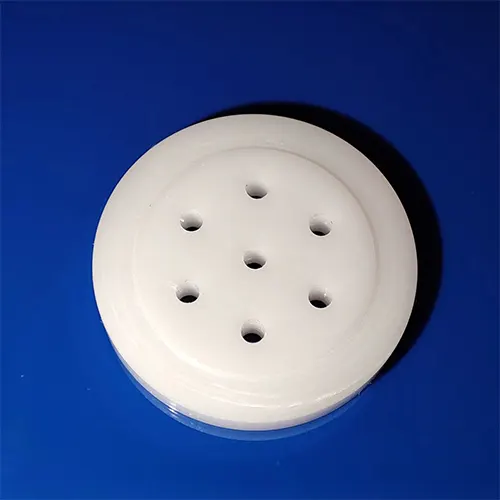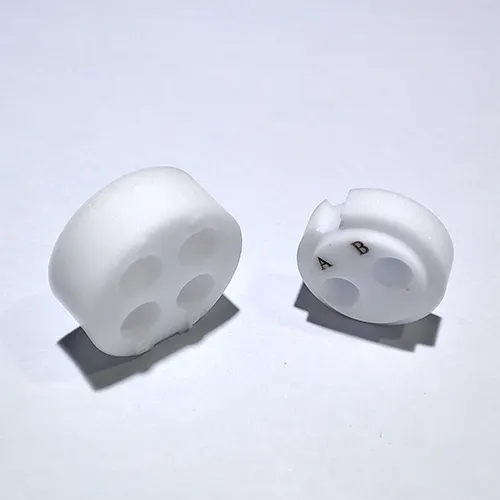Ruby (Chromium-Doped Alumina Single Crystal)

Ruby (chromium-doped alumina single crystal) is defined by ultrahigh hardness (Mohs 9), high-temperature resistance (melting point ~2050°C), and chemical inertness, enhanced by exceptional red-light transmittance and wear/corrosion resistance. These attributes ensure stability in extreme conditions like abrasion, thermal oxidation, or corrosive environments, solidifying its role as a “strategic functional crystal” for high-end jewelry, laser generator components, precision instrument bearings, and optoelectronic technologies, where it remains irreplaceable in advanced industrial and scientific systems.
FAQ
Precision ceramics offer superior high-temperature resistance, corrosion resistance, wear resistance, and insulation, making them ideal for extreme conditions like high temperatures and high pressure. They also support higher precision processing, meeting complex design needs.
Precision ceramics are widely used in aerospace, automotive, electronics, medical, and industrial equipment industries, especially in applications requiring high performance and durability.
Precision ceramics are challenging to machine due to their high hardness and brittleness. Special equipment and processes, such as CNC machining, are required to ensure precision and surface quality.
When selecting a ceramic material, it is essential to consider specific working environments and performance requirements, such as high-temperature resistance, corrosion resistance, and mechanical strength. Different applications require ceramics with varying properties.
Precision ceramics generally have a long lifespan, with their longevity ranging from several years to even longer, depending on the usage environment (such as temperature, pressure, wear, etc.).





